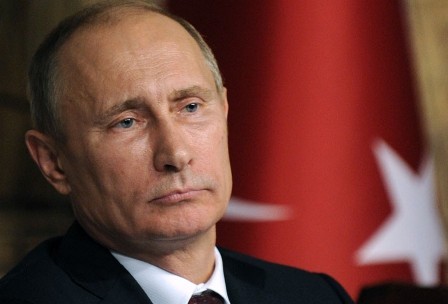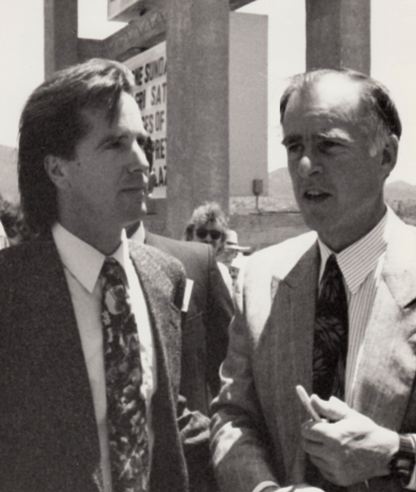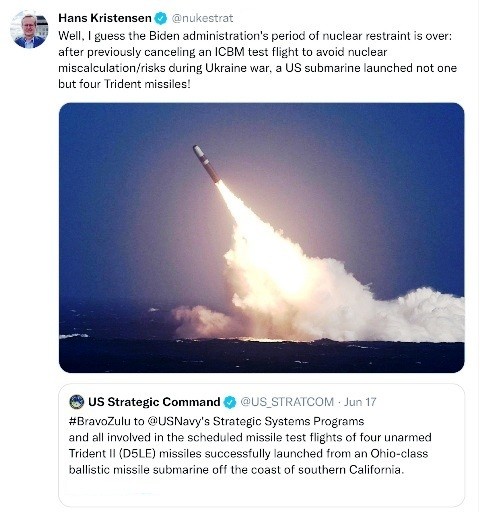A proverbial “turning point” came during the 1998-1991 collapse of the Soviet Union. In 1992, your Strategic Demands editor, working in the presidential campaign of Gov. Jerry Brown and developing the campaign’s platform, spoke often of a “peace dividend”. Governor Brown focused the campaign’s foreign policy on peace potential….
StrategicDemands: A fateful moment arrived in 1992, soon after fall of the Berlin Wall and the collapse of the Soviet Union.
In East Germany the current president of the Russian Federation was a younger KGB operative who, as his secret service career came to an abrupt end, was in the field with the East German (GDR) Stasi, an organization described as one of the most effective and repressive intelligence and secret police agencies to have ever existed.

Witnessing the fall of the Berlin Wall first hand, up close while serving in Dresden, the KGB officer, Vladimir Putin and his fellow KGB agents burned evidence of their intelligence work for fear that demonstrators would overwhelm their headquarters. Putin later admitted to destroying much of the evidence himself in his 2000 autobiography, ‘First Person’.
He wrote: “I personally burned a huge amount of material. “We burned so much stuff that the furnace burst.”
Later, having left the KGB and returned to St. Petersburg in Russia, Putin repeatedly lamented the collapse of the USSR, once describing it as “the greatest geopolitical catastrophe of the 20th century.”

As the new Russian Federation and a post-communist system began to come into existence, in the U.S. this turning point in history presented the possibility and potential to turn from the Cold War, with nuclear weapons threatening the planet’s survival, to a new era.
Turning Point – 1992
In a lifetime, looking back, we often can see with more clarity than we see in the moment and in the passion of events as they are happening to us and around us. In 1992, the U.S. presidential campaign was one of these moments, both for the Strategic Demands editor, and for how the national security would be seen in the United States, as global geopolitics shifted seismically. The U.S. was on the cusp of choosing a new direction.
In the presidential campaign of Governor Jerry Brown, your editor helped to shape and put forward a platform of ideas and policies for this new era. The Brown platform emphasized a “peace dividend”, a new direction and new vision of national security that was a positive vision, a economics set apart from the neoliberal, corporate agenda of the Bill Clinton foreign policy.
The contrast between the Brown and Clinton visions was stark and the success of the Brown campaign, until its faltering at the end of the primary season in New York under attack by the New York Times, was a harbinger of things to come. The Clinton campaign with its lobbyist-connections, its influencers, and its traditional foreign and domestic policy, was set in place.
Meetings with the Clinton campaign at the platform hearings by your Strategic Demands editor, in private, were meant to continue Brown campaign platform positions. Given the success of the Brown campaign, and support across the political spectrum, indicated changes needed in the Democratic Party.

Strategic Demands editor, Steven Schmidt, with Gov. Jerry Brown
at the 1992 Democratic Party Platform hearings
The platform ideas that resonated in the primary were not meant to be, as the Clinton campaign pushed back. A historic opportunity, the window to shift policy direction to the opportunities presented with peace dividend were abandoned in the moment by the soon-to-be U.S. president. The Ross Perot campaign, adopting the Jerry Brown, ‘take back America’ theme, brought 19% of the vote and the Clinton campaign prevailed in the general election with 43% of the vote.
The lobbying and corporate military-industrial-complex, one that a General named Eisenhower warned against in his final presidential speech as president, would continue in the 90’s presidential policies.
Today, we see the results of these policies…. in the Ukraine-Russia war, in the China nuclear weapons build up, in the U.S. nuclear weapons ‘modernization’ and breakdown to the nuclear weapons arms agreements — we see a new war era, a legacy of failed visions of security.
The moment in history, 1992, was lost and that turning point, that fork in the road, a nation’s direction not taken — has had deep consequences that continue to this day…
The possibility of claiming a “peace dividend”—the Pentagon effectively declaring Mission Accomplished—apparently never received more than perfunctory consideration.
Does Biden ‘pivot’ to advance a new U.S. posture in Asia to confront ‘a China threat’?
“Active Denial”: A Roadmap to a More Effective, Stabilizing, and Sustainable U.S. Defense Strategy in Asia
As China’s military power has grown over the past three decades, U.S. military dominance in the Western Pacific has eroded significantly. Efforts by the United States to restore military dominance in the region through offensive strategies of control are unlikely to succeed. Not only would such efforts prove financially unsustainable; they could also backfire by exacerbating the risk of crises, conflict, and rapid escalation in a war.
At the same time, the United States and various countries in the region have legitimate concerns about how China intends to apply its growing military capabilities. The possibility that Beijing could use force against Taiwan or against U.S. allies in disputes over islands and maritime jurisdiction raises the specter of a direct U.S.–China war. China’s increasing use of diplomatic and economic coercion against other states in geopolitical disputes also heightens other countries’ general anxiety about how Beijing might use military force for coercive purposes.
In view of these trends, the United States needs a more credible, stabilizing, and affordable defense strategy for deterring potential use of military force by China, coupled with a diplomatic strategy to reduce military tensions and improve crisis management.
The 10 authors of this report, with extensive expertise on these topics and high-level experience in government and the military, convened in late 2020 to develop a proposal for such a strategy, one that meets three key criteria. It must:
1. Effectively deter potential aggression;
2. Enhance stability and limit risks of rapid and nuclear escalation;
3. Remain affordable under tighter fiscal constraints.
Through a series of structured discussions, war games, and broader working groups of experts, we have developed a road map for implementing a defense strategy that can meet these objectives. It is based on a concept we call active denial. Key components of an active denial strategy
Read the full Active Denial plan…



